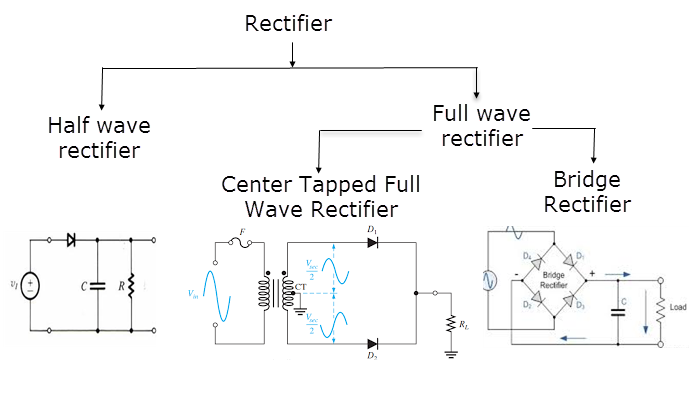horax
Tele-Afflicted
I don't want the high tech mumbo jumbo...what is a rectifier, dual, triple, etc, and why should I care?
All I know is that they are super expensive and people seem to love them, but what do they do that other amps don't?
All I know is that they are super expensive and people seem to love them, but what do they do that other amps don't?



